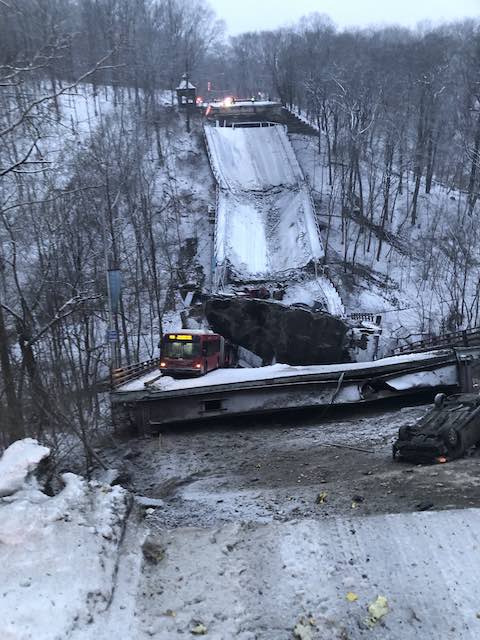A minor footnote in the history of the COVID-19 pandemic is that this may be the first major crisis in history that was assisted by driverless vehicles. A Chinese company named Neolix is using its driverless delivery vans to transport medical supplies and sterilize streets in Wuhan.
 Click image to download a four-page PDF of this brief.
Click image to download a four-page PDF of this brief.
I’ve been promoting the idea that the advent of driverless cars means we shouldn’t be wasting money building archaic rail transit projects since 2010. Now, a decade later, seems an appropriate time to see how far the industry has come and how far it has to go to make widespread use of driverless cars a reality. Some say that the task of creating a fully driverless car is more difficult than anticipated and we won’t have them for many more years. Continue reading








